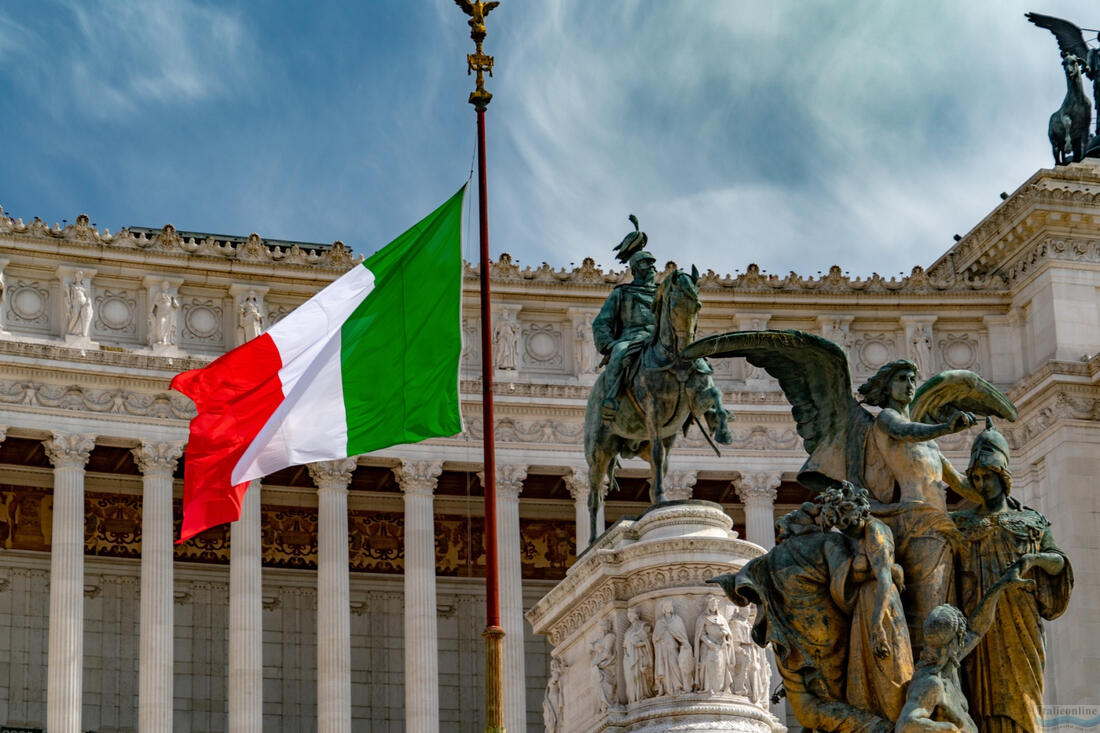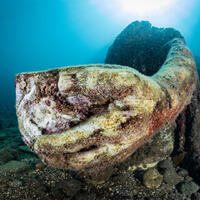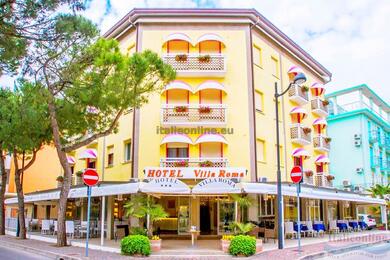History and origins
The tricolour first appeared in 1797, when it was adopted as the flag of the Cisalpine Republic, a client state of Napoleon's France. It was inspired by the French tricolour flag, which symbolised the revolutionary ideals of liberty, equality and fraternity. The Italian colours - green, white and red - were based on the uniforms of the militias of Lombardy and Milan that fought alongside Napoleon.
During the 19th century, the flag became a symbol of the Italian national movement, the Risorgimento, which led to the unification of Italy. In 1861, when the Kingdom of Italy was proclaimed, the tricolour became the official national flag with the coat of arms of the House of Savoy added in the centre. After the Italian Republic was established in 1946, the coat of arms was removed and the flag took its present form.
Meaning of the colours
There are several interpretations of the symbolism of the Italian colours. The traditional interpretation states that:
- Green represents the Italian landscape and the fertility of the country.
- White symbolizes the Alps and the snow on the mountains.
- Red refers to the blood shed during the struggle for independence.

Another interpretation is related to spiritual values: green represents hope, white represents faith and red represents love.
It is also interesting to compare it to the most popular Italian ingredients: green basil, white mozzarella and red tomatoes.
The current position of
The Italian flag is firmly rooted in the national identity. Every year on 7 January, Italy commemorates 'Tricolour Day' (Festa del Tricolore), celebrating its historical significance. The flag appears at all state institutions, during sporting events and in international diplomatic contexts as a proud symbol of Italy.
Whether it flies on the peaks of the Alps, over the historic palaces of Rome or in celebration of the victories of Italian athletes, the tricolour is an essential part of Italian heritage and national pride.







